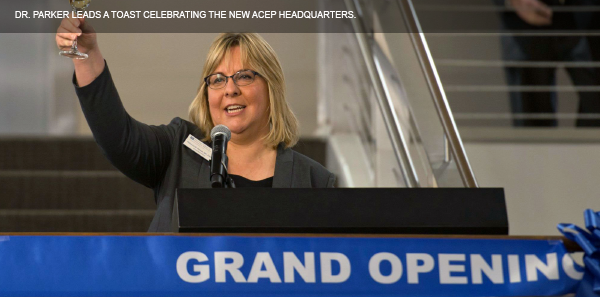
ACEP had been on the road to solving this problem since 2010. Before the Cooper article, ACEP put together a joint task force with the Emergency Department Practice Management Association that came to consensus on the key concepts and key strategies on this very complicated situation. To get all our experts together to come to an agreement was a monumental achievement.
We were starting to see state laws pop up. Anesthesia was very active at the state level. They actually approached ACEP the year before and said, “Hey, we want to work on this together.” Jeff Plagenhoef, MD, president-elect of the American Society of Anesthesiologists (ASA), and I put together a meeting in 2016 that brought together all the hospital-based specialties, surgeons, orthopedic surgeons, and American Medical Association (AMA). We came to a consensus and drafted a consensus document.
The next step was to start supporting our state chapters. As we got queries from states, we had key documents, talking points, and our agreements with the ASA, so that state chapters could communicate these positions. We asked the joint task force to work on model legislation. Nine specialty societies cosigned. It went to the June AMA meeting. Dr. Steve Epstein and our section council did a fantastic job, resulting in a passed resolution directing the AMA to start writing model legislation for this upcoming cycle. The AMA is working on a model to give to their state medical societies so we can unite at the state level to tackle this issue.
On the federal level, we continued our lawsuit against the Centers for Medicare and Medicaid Services (CMS) regulator, Center for Consumer Information and Insurance Oversight (CCIIO), that had given a very unfavorable description based on the “greatest of three” of how we should be paid when we’re out of network.
The “greatest of three” comes out of the ACA. Every year, the federal government puts out a set of proposed rules for the fee schedule. They allow 60 days for open comments. We were concerned because there was this definition for emergency services, specifically if a patient was out of network, of how people would be paid, and it was based on the greatest of three elements: 1) the average amount negotiated with in-network providers; 2) the amount calculated using the same method the plan generally uses to determine payments for out-of-network services (such as the usual, customary, and reasonable charges); or 3) the amount that would be paid under Medicare.
Pages: 1 2 3 4 5 | Single Page





No Responses to “Dr. Rebecca Parker Reviews the Accomplishments, Challenges of Her Year as ACEP President”